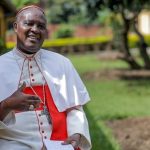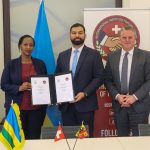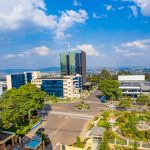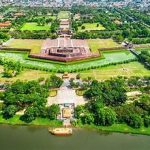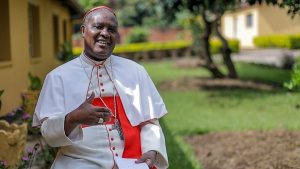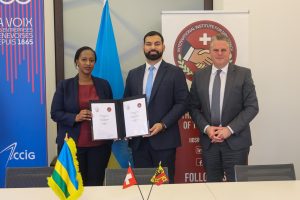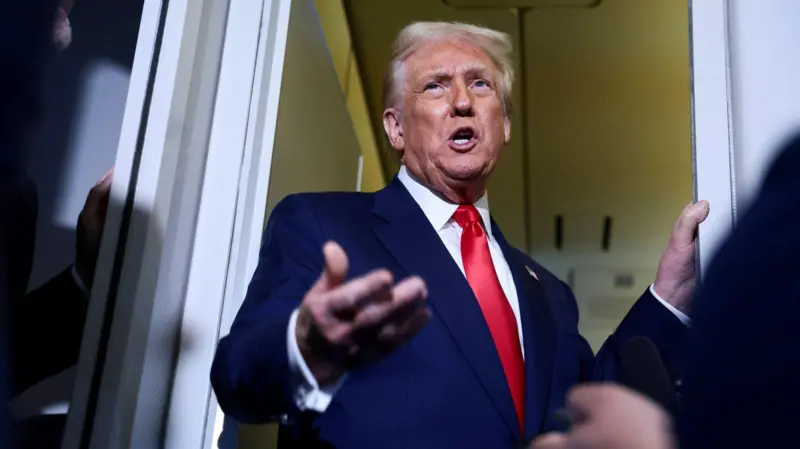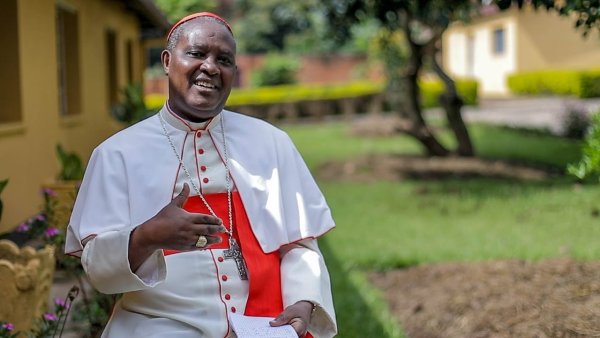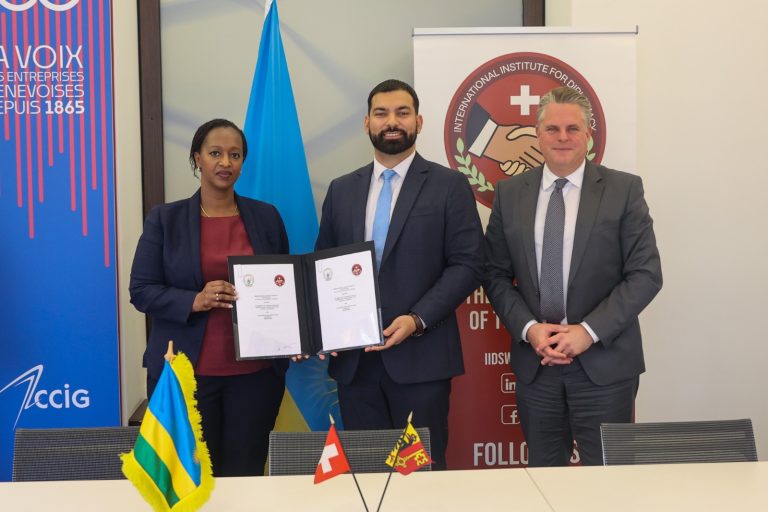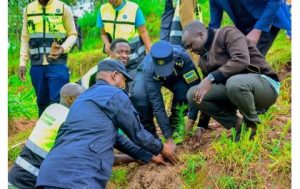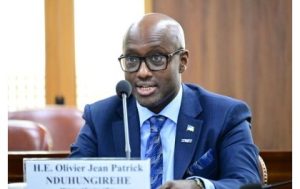Standing near Air Force One before departing for the United States on October 30, 2025, former U.S. President Donald Trump announced that America will begin testing nuclear weapons, a statement that has stirred global concern and debate over its implications for international security.“In response to other nations’ testing programs, I have directed the Department of Defense to begin testing our nuclear weapons,” Trump wrote on his Truth Social platform, ahead of his scheduled meeting with the Chinese president on Thursday. “This program must start immediately,” he added.
While details remain unclear, the White House has not yet provided clarification on whether Trump’s directive refers to actual nuclear detonations or subsystem and delivery mechanism tests.
A Shift in Global Nuclear Dynamics
Only North Korea has conducted live nuclear tests since the 1990s, with its last detonation in 2017. Other nuclear-armed states including the U.S., Russia, and China have relied on computer simulations and subcritical experiments rather than full-scale tests.
If carried out, Trump’s announcement would mark the first U.S. nuclear test since 1992, when the last underground detonation took place in Nevada.
Security analysts warn that such a move could reignite a global nuclear arms race at a time of mounting geopolitical tension between Washington, Moscow, and Beijing.“The concern is that no nuclear-armed state has tested a weapon for decades, except North Korea,” said Jamie Kwong of the Carnegie Endowment for International Peace. “A return to testing could have devastating consequences.”
Experts Warn of a New Arms Race
According to Darya Dolzikova, a researcher at the Royal United Services Institute (RUSI) in London, Trump’s statement may not yet signal a concrete policy shift but it adds to the growing uncertainty in global disarmament efforts. “We’re already seeing a world more prone to proliferation and arms competition than at any point in recent decades,” she said.
Recent flashpoints from Russia’s war in Ukraine to rising tensions over Taiwan and the Korean Peninsula have intensified fears that a new nuclear standoff could emerge.
The New START Treaty, the last major arms-control agreement between the U.S. and Russia, is due to expire in February next year, further heightening global anxiety.
Competing Nuclear Powers
Trump claimed the U.S. possesses “more nuclear weapons than any other country,” a statement that contradicts recent data from the Stockholm International Peace Research Institute (SIPRI).
According to SIPRI, Russia holds about 5,459 nuclear warheads, followed by the United States with 5,177, and China with around 600.
Moscow has recently tested new delivery systems designed to penetrate U.S. missile defenses, including underwater and hypersonic platforms. Many analysts believe Trump’s announcement may have been triggered by these developments.
Global Reactions
The Kremlin swiftly warned that if the U.S. abandons testing bans, Russia “will not hesitate to respond in kind.” Meanwhile, China urged Washington to uphold its commitments under the Comprehensive Nuclear-Test-Ban Treaty (CTBT), reaffirming its own moratorium on nuclear testing.
Daryl Kimball, executive director of the Arms Control Association in Washington, called the potential resumption of nuclear testing “a grave mistake for international security.“If the U.S. and Russia fail to renew dialogue on nuclear arms limits, we could soon see a dangerous three-way arms race between the U.S., Russia, and China,” Kimball warned.
Hans Kristensen, director of the Nuclear Information Project at the Federation of American Scientists, added that humanity “should be deeply alarmed.“For the first time since the Cold War, the global nuclear arsenal is growing,” he said.
The Shadow of the Past
The United States last conducted a nuclear test in Nevada in 1992. Reopening the site would take at least three years of preparation, according to experts.
Modern testing programs now rely heavily on simulation and subcritical analysis rather than live detonations a method considered safer and more consistent with existing treaties.
Still, as analyst Robert Peters of the Heritage Foundation noted, “The primary motivation may not be technical, but political to send a signal of strength to America’s adversaries.”
A World on Edge
While many analysts dismissed the practicality of resuming live nuclear tests, nearly all agreed that Trump’s declaration paints a troubling picture of global security.
Rhys Crilley, a nuclear studies expert at the University of Glasgow, warned:“If a new nuclear arms race hasn’t already begun, we are perilously close to it.”
He added:“Every day, I think about the growing possibility of a global conflict involving nuclear weapons.”
The first U.S. nuclear test, codenamed Trinity, was conducted in July 1945 in New Mexico. Weeks later, atomic bombs were dropped on Hiroshima and Nagasaki, marking the only wartime use of nuclear weapons in history.
Now, 80 years later, Trump’s words have reopened a haunting question:
Is the world on the brink of a new nuclear age?
Author: Justinmind HARERIMANA
